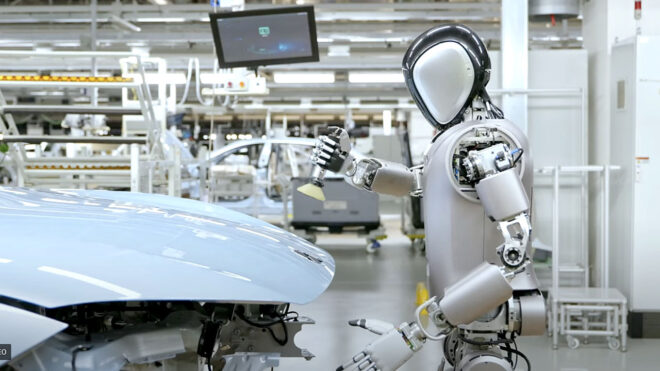One of the major automobile manufacturers based in China NIO is also testing the use of humanoid robots in automobile production.
For this, again, a China-based robot company UBTECH ROBOTICS started a joint pilot program with NIO, specifically in the process Walker S. It uses a humanoid robot called and is actively testing what this robot can do on automobile production lines. Walker S is currently performing quality checks of headlights, door locks and seat belts as part of the pilot trial. The robot, which can also undertake the task of attaching car logos, is of course not yet at a level to replace real employees, but it is another important preview for the future. Other companies are also taking steps in this regard. For example, soon a US bmw Assistant humanoid robots also work in the factory. will start. One of the relatively new names in the field Figure, Last month, he took an important step and signed his first commercial agreement, and in this context, he developed the first humanoid robot (named Figure 01). USA announced that it will take it to the BMW production facility in South Carolina. It is not yet known how many of the mentioned robots will be used in the factory, and what the robot will do in the factory is not yet fully disclosed.
YOU MAY BE INTERESTED IN
Figure told TechCrunch: He states that they will focus on five different tasks in the first phase.this robot does not have the purpose of replacing factory workers. Figure and BMW want to see how this kind of technology performs in the real production processfrom which both parties are expected to gather important information.
The giant automobile manufacturer based in Germany, which has been receiving help from stationary robots like its competitors in the automobile production process for many years and does not want to be left behind on the humanoid side. With the new infrastructure, we make the automation process more “dynamic” aims to make In other words, it aims for solutions that are more compatible with changing conditions. Robots with human-like mobility can adapt to changing conditions more easily, unlike classical robots, with their special artificial intelligence systems and visual perception abilities.
